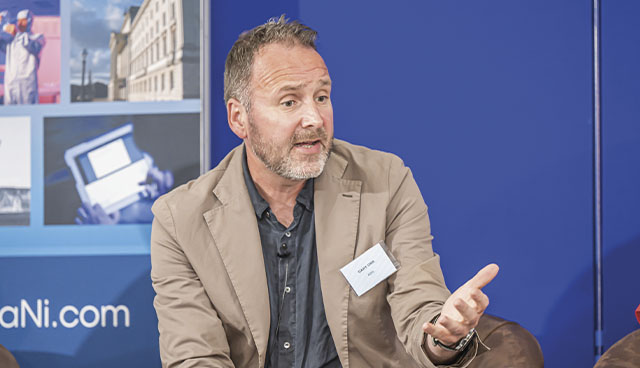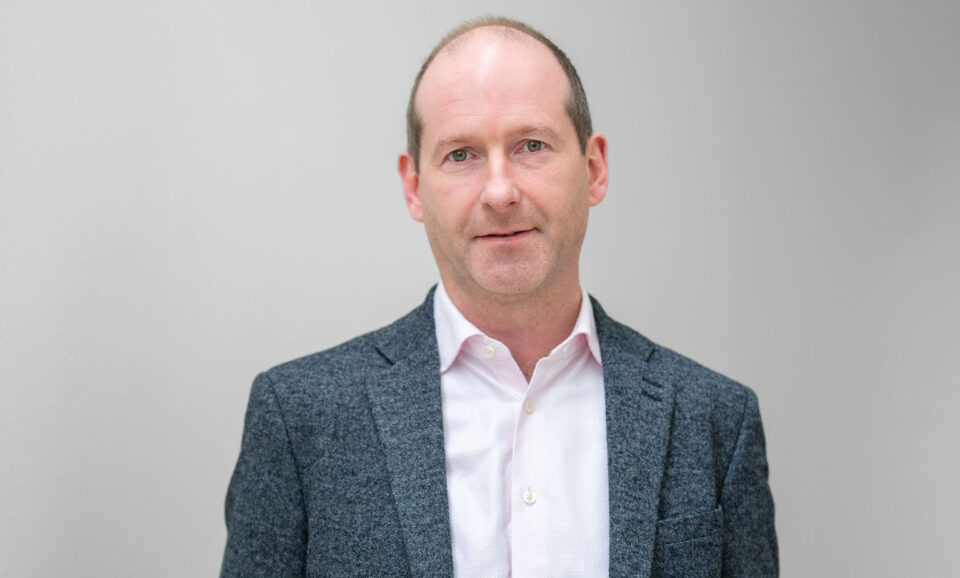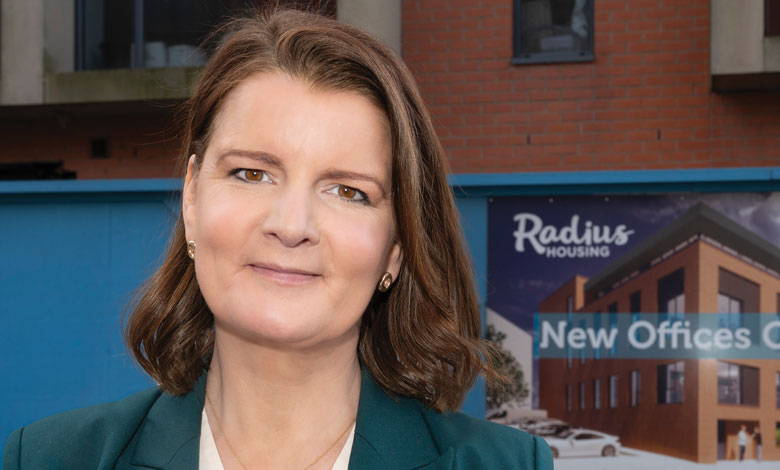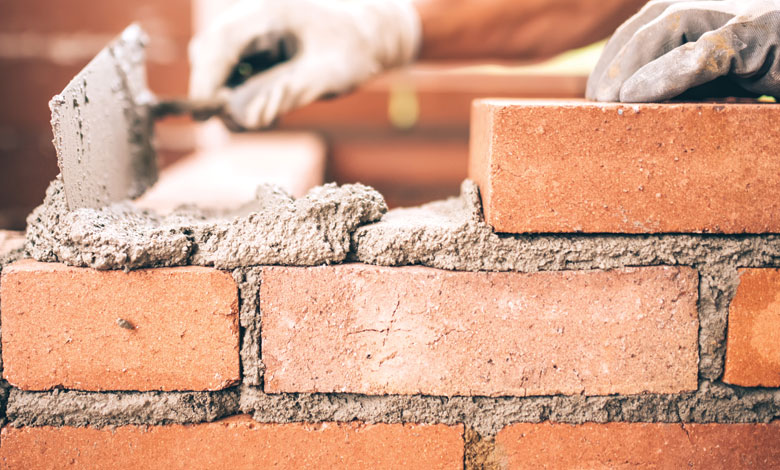
Housing for All: A new Housing Plan for Ireland
26th October 2021
Our carbon challenge
27th May 2022The decarbonisation challenge
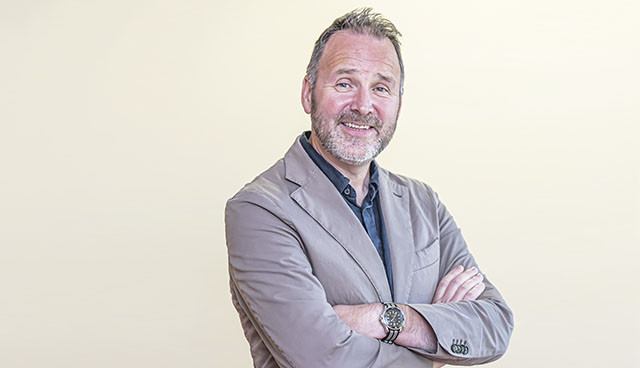
The decarbonisation agenda poses an existential challenge to housing associations but also presents a huge collaborative opportunity, argues Abri Group Chief Executive, Gary Orr.
Orr, the head of a large housing association operating primarily in the south of England with over 40,000 homes and a £250 million annual turnover, believes that the housing sector is facing an existential threat in its ambitions to decarbonise.
Offering some lessons taken from England to delegates at the 2022 Housing Conference, the Northern Ireland-born Chief Executive points to estimations that housing associations in England face a bill of some £35 billion to decarbonise their existing stock of some five million homes.
Without major collaboration and efficiencies, “material and significant strains” may place significant strains on the long-term viability of some housing associations, a Westminster select committee was recently told by a body representing small and medium housing associations.
Orr explains his own organisation’s approach which has not only included bringing subject matter expertise into the boardroom, but also training and recruiting staff to act as climate champions.
Analysis of the challenge ahead has not only produced a better understanding of where emissions exist in the organisation (97 per cent located in homes, waste, purchased goods and services and embodied carbon in new development) but also indicated the need to bring an additional £20,000 per home into their business plan between now and 2050 to bring all existing homes to a net zero standard.
As Orr explains, Abri has adopted a fabric-first approach: “Our view is that while there are very credible technologies emerging, the market is insufficiently developed and so our focus has been on driving up EPC ratings. Putting sophisticated technology in an uninsulated home is folly.”
Orr explains that such an approach also brought with it a fundamental decision which is likely to be faced by all social housing providers. “Stock condition is critical because what we found was that there is a rising level of disposals into the private market, as a result of the retrofit analysis. Some of the architypes were deemed no longer economically viable and the question posed is how does the removal of stock deemed no longer ‘economically viable’ balance against the expense of removing a ‘viable social’ housing asset within that community. These are big decisions social housing providers will face.”
Analysis also revealed that alongside emissions of 40 per cent in existing homes, 20 per cent in goods and services and 10 per cent in waste, 30 per cent of Abri’s emissions occurred in their development activity.
Recent data suggests that 29 homes can be built through modern methods of construction (MMC) at the same emission rates as one traditionally built house. Orr urges faster movement into the MMC market, highlighting that his own organisation have committed to accelerate beyond current levels of a 25 per cent MMC minimum in their current development programme of around 1,200 homes per year.
However, it is in the area of collaboration where Orr believes housing associations in England and across the devolved regions can have the greatest impact.
The Chief Executive highlights that Abri are part of a Great Britain-wide collaboration with four other partner housing associations. Representing around 300,000 homes and a variety of architypes in the UK, the collaboration provides a unified voice in not only lobbying government to prioritise the subject matter of home decarbonisation but also demonstrating the viability of decarbonisation solutions.
While the group has had success in shaping and attaining government support towards the decarbonisation of its stock, Orr is very aware that housing associations must proactively look beyond government funding which will be insufficient to fund the estimated £36 billion bill for five million social homes in England.
The Chief Executive highlights that this £36 billion cost sits within a wider £350 billion potential cost of the decarbonisation of the wider residential market.
“We as an alliance are very interested in the ability to take greater control and drive a market for which we are expected to be at the forefront of. Our research indicates that government will need to create 250,000 new, high-skilled jobs to decarbonise the nation’s housing stock. If housing is to be the catalyst for those jobs, why should we wait for the private sector to take control of that market when we have the opportunity to think creatively and deliver programmes to decarbonise a locality in its entirety?
“Why can we, as housing providers, not lead the solutions and drive those employment and training opportunities, where we own the narrative, creating resilient organisations that continue to build and maintain homes while investing in our communities?”
Orr concludes: “By firstly achieving an internal understanding of the decarbonisation challenge, housing associations can get ahead of their own new build programmes. However, the next step must be that building alliances with peers, firstly allowing you to lobby and work with government but also potentially shaping the market to the best of your ability.”

